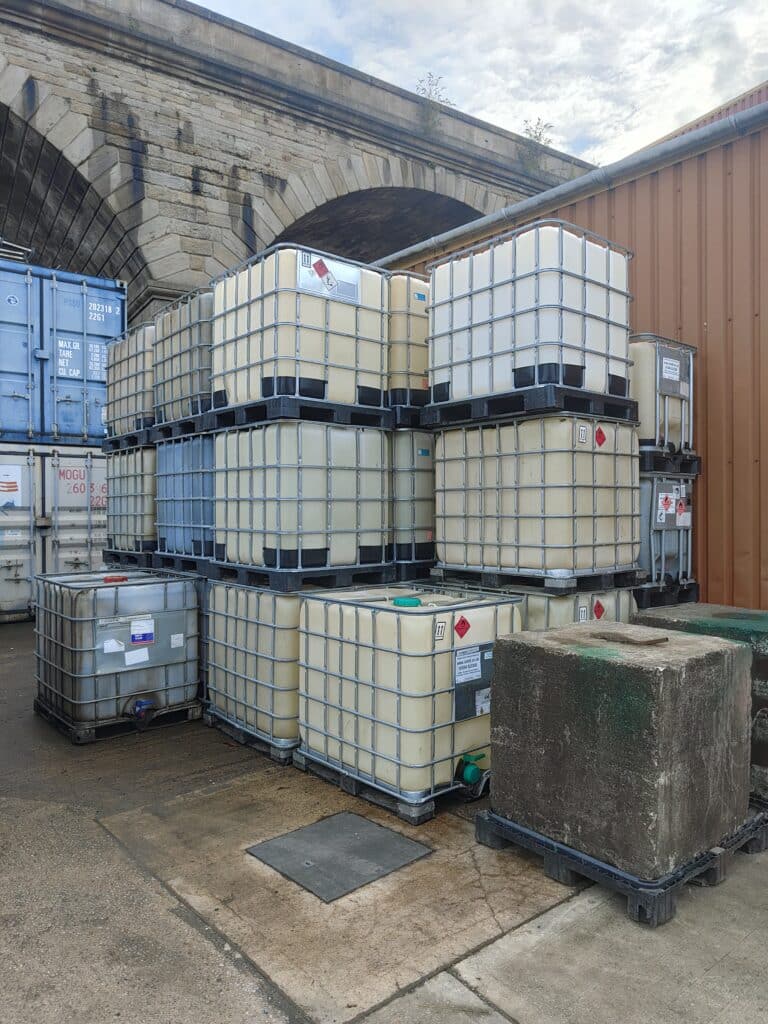Oil Storage Regulations
Oil storage regulations at first glance can be a bit of a minefield. Luckily for you, this article hopes to breakdown and simplify the regulations. So, do these rules apply to you? If you read on and the answer is yes and you don’t comply, you could be looking at a hefty fine or even be prosecuted. The Environment Agency can also serve an anti-pollution works notice to make you bring your oil store up to legal standards.The Purpose of Regulations
The purpose of these regulations is first and foremost, helping to protect you and the enviroment. Sadly, oil continues to be one of the most common reports of pollution. It contributes to over a quarter of pollution incidents every year. Damage to wildlife and vegetation as well as drinking water supplies mean that prevention of pollutants is far more effective than treating pollution incidents after the event. Fuels are a dangerous and highly flammable substance and can pose a significant risk to you if you store it in the workplace or a residential setting.Oil Types
You must follow the rules in this guide if you store any of the following types of oil:- Red diesel
- Diesel
- Petrol
- Biofuels
- Kerosene
- Vegetable oils
- Lubricants or hydraulic oils
- Synthetic oils e.g. waste oil and motor oil
- Liquid bitumen-based products e.g. damp proofing or road surface products
- Cutting fluids, for example lubricants designed specifically for metalworking processes, that are made from or contain oil as oil-water emulsions
- Insulating oils, used as electrical insulator and coolant
- Liquid petroleum gas (LPG)
- Hydrocarbon products that are solid unless they are heated, such as bitumen
- Solvents that are not oil based, such as Trichloroethylene
- Aromatic Hydrocarbons
Oil Storage Containers
A fuel tank when installed MUST comply with Building Regulations 2010. Suitable oil storage containers include:- Fixed tanks – Fixed tanks that meet the design standard are any made to British Standard 5410 or that are OFTEC standard OST T100, if your container is plastic. OFTEC standard OFS T200 or British Standard 799-5, if your container is metal. OFTEC is a trade association for the oil heating and cooking industry. Click here for more information about OFTEC.
- Intermediate bulk containers (IBCs) & Drums – If you get a drum or IBC marked with the letters ‘UN’ for United Nations it will meet the design standard.
- Mobile bowsers
- Some generators and transformer
Design standards for bunds
Bunds can either be:- Manufactured as part of the tank system – Known as an integrally bunded tank.
- Constructed from concrete or brick work – Will likely need rendering or coating on the internal surfaces of the base and walls to make them impermeable.
- The bund does not allow water or oil to pass through.
- The base or walls of the bund do not have a pipe, valve or opening that allows the bund to be drained.
- Any fill pipe or draw-off pipe that passes through the bund base or wall is sealed to stop oil getting out of the bund.
- The bund contains every part of the container and its associated equipment (such as valves) unless the oil being stored has a flash point of less than 32℃ (such as ethanol), in which case filters, sight gauges, valves and other equipment can sit outside the bund.
Location of Your Oil Storage Container for Business
It’s important to place your oil storage container in the correct location:- Away from any high traffic areas – For example, driveways, forklift routes. Use bollards to help prevent any vehicles from hitting the tank.
- At least 10 meters away from inland or coastal waters.
- At least 50 meters clear of a spring.
- Away from an ignition source.
- Away from flood plains.
- On floor level or below ground.
- On an impermeable surface if near to drop-off points.Location of Your Oil Storage Container for Business
Location of Your Oil Storage Container for Residential
If you store your oil container a home you must follow these regulations.- The tank must be on a platform with approximately 0.3 metres around the edge.
- At least 1.8 metres away from fuel terminals
- At least 1.8 metres from windows and doors in a fire rated building or structure.
- At least 1.8 metres from a non-fire rated building/structure.
- At least 0.76 metres away from a non-fire rated boundary.

